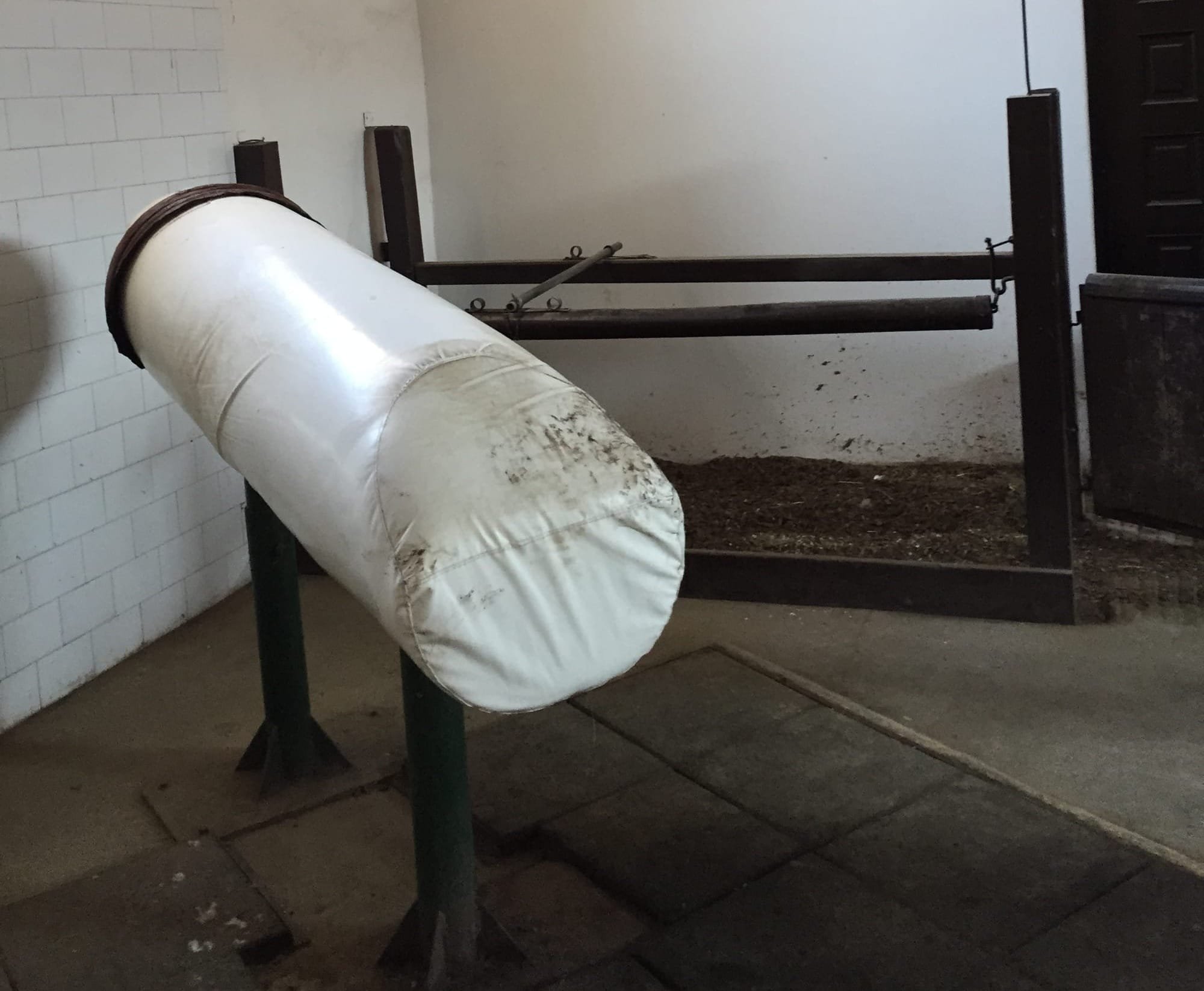
Understanding How Semen Preparation Affects CASA Results
Learn how proper semen preparation affects the accuracy of Computer-Assisted Sperm Analysis (CASA) results. This guide covers essential factors including optimal concentration ranges, timing, temperature control, and standardized handling procedures. Based on peer-reviewed research, we provide practical guidelines for obtaining reliable CASA measurements.

Ongo CASA: A Scientifically Validated Mobile Solution for Semen Analysis
In 2018, a study published in the prestigious scientific journal Reproduction in Domestic Animals by researchers from the Artificial Insemination and Embryo Transfer, Department for Small Animals and Horses at Vetmeduni Vienna, Austria, shed light on the effectiveness and reliability of the Ongo Semen Analyzer for equine semen analysis. This study has implications for veterinarians, breeders, and semen collection centers, as it validates the use of mobile Computer Aided Semen Analysis (CASA) devices in the field.

Optimizing Equine Artificial Insemination: Key Takeaways for Breeders and Vets
Artificial insemination (AI) is a vital tool in modern equine breeding programs, offering a myriad of genetic possibilities and logistical advantages. However, the success of AI heavily relies on the quality of the semen used. An important study assessing the quality and fertility of cooled-shipped equine semen from commercial semen collection centers across Europe sheds light on key factors influencing AI outcomes. Here's what breeders and veterinarians need to know.
